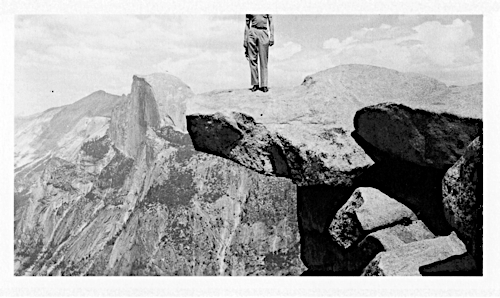History of Photography

Photography has grown up with modern life: understanding its history requires an understanding of its broad social functions, its integration with everyday experience, and its complex relationships to the history of art and the history of modernity. This course surveys the history of photography from its public debut in 1839 to the present day, and introduces students to the tools needed to interpret its varied uses and meanings. Photography comprises a wide range of technologies and cultural practices. The cultural significance of photographs has historically been centered in their persuasiveness as records, yet the medium has also served, from its inception, as a vehicle for fictions and fantasies. Tracing photography's evolution as an art form while attending to its operation within fields like science, politics, sociology, journalism and medicine, we will open the persuasive nature of the photograph to closer scrutiny: students will investigate the photograph's dual status as picture and trace, and learn to read the medium's history as a continual renegotiation of these properties. Though our topics will be wide-ranging, the course emphasizes art-historical skills as a foundation for a range of methods for photographic interpretation. Students will learn to analyze photographs as pictures, to incorporate visual analysis within historical argument, and to approach the diversity of photographic production from a broad historical perspective. The course will acquaint students with core principles and problems in the history of photography, with a selection of key historical sources and recent scholarly writings on the medium, and with a range of historically significant photographic practices and forms.
Estimated Cost of materials: $50 or more, but less than $100.
HISTART category for concentration distributions: D. Europe and the U.S., 4. Modern and Contemporary